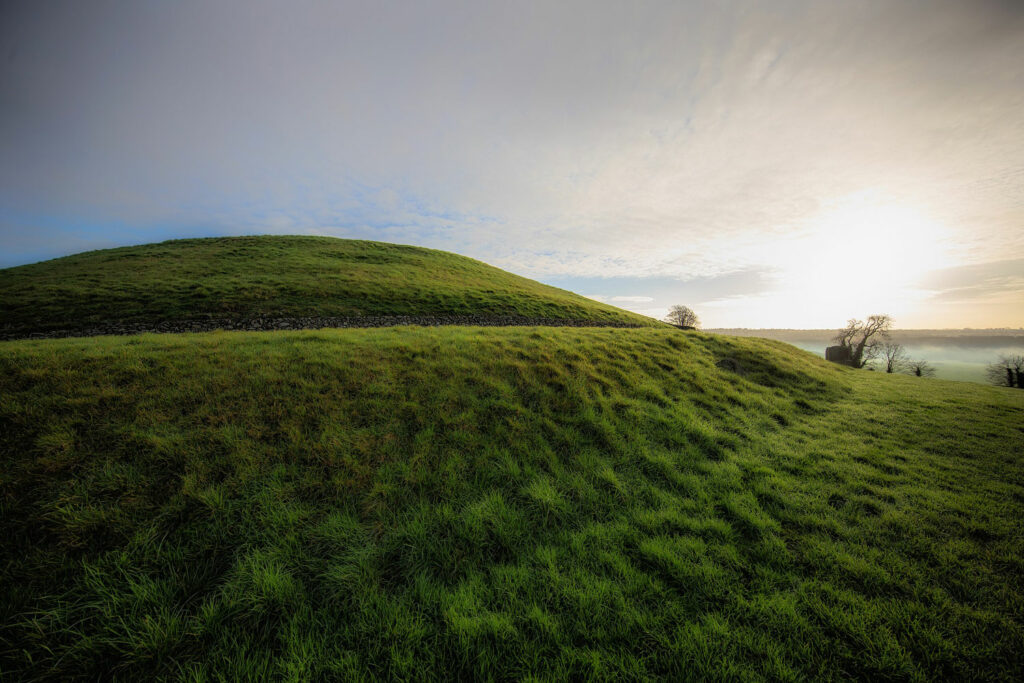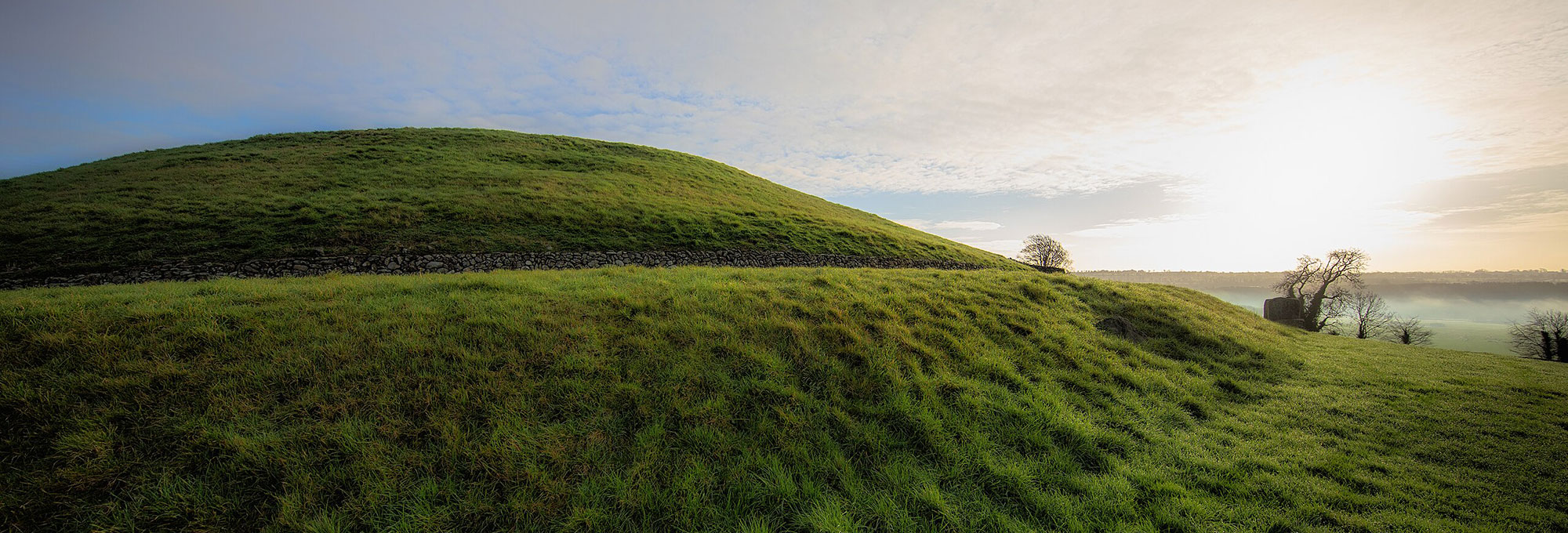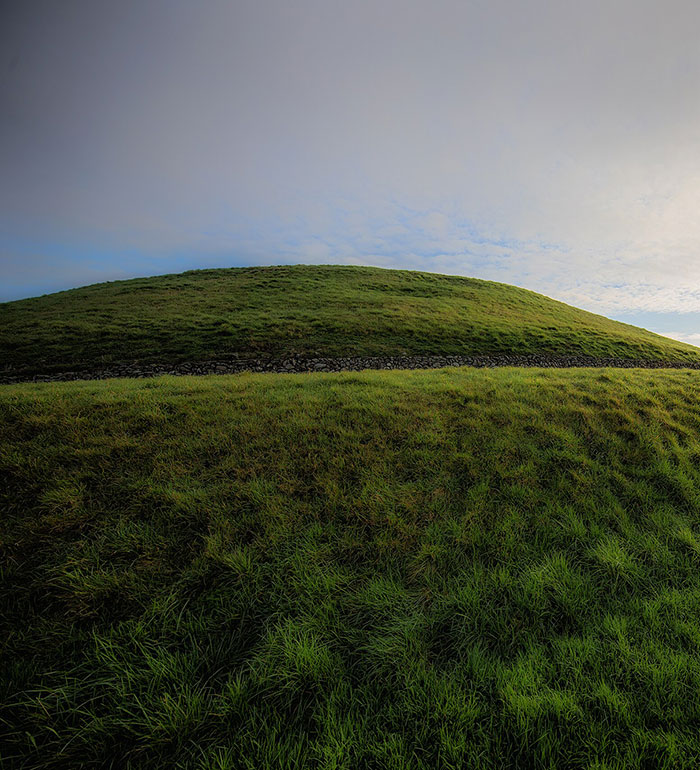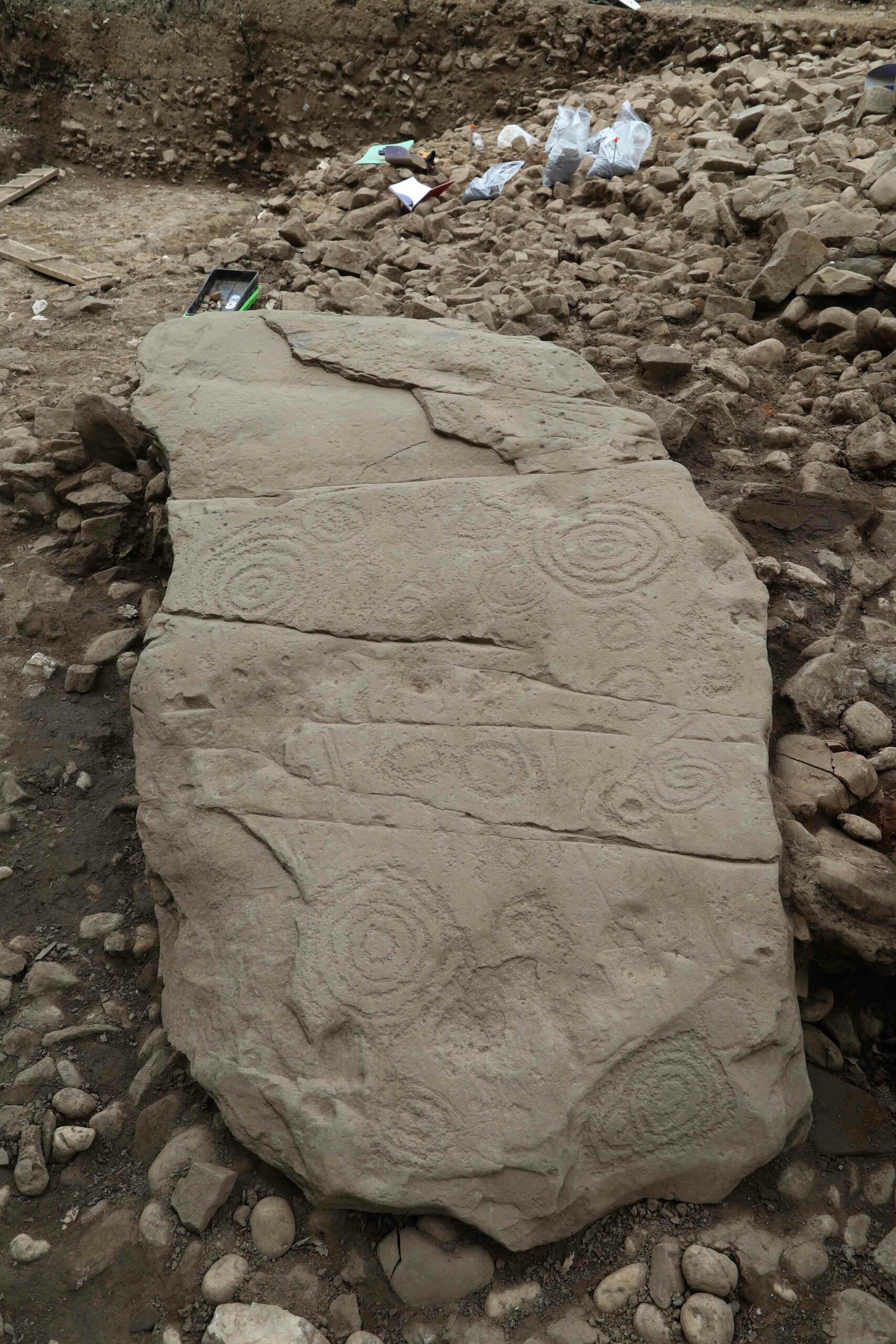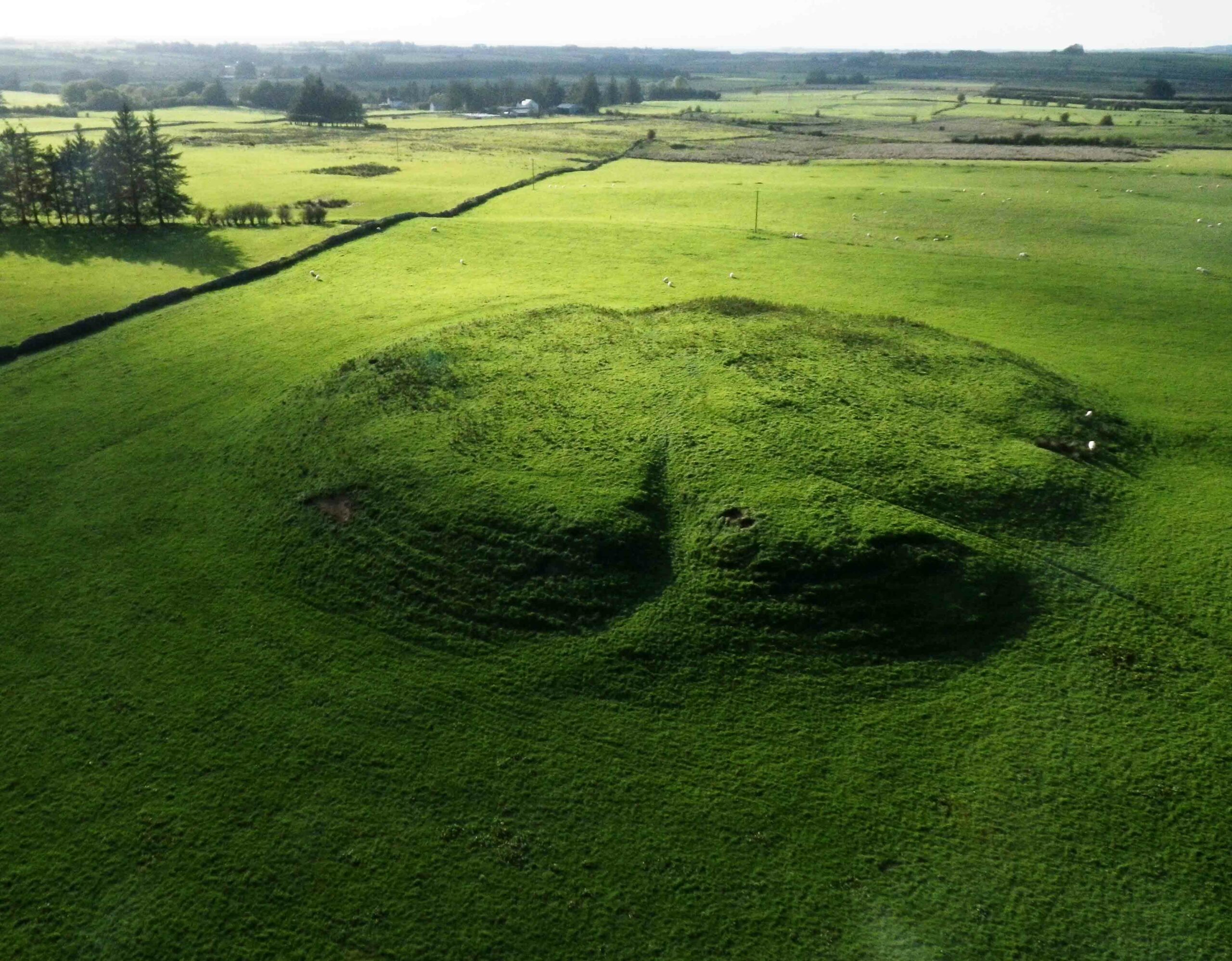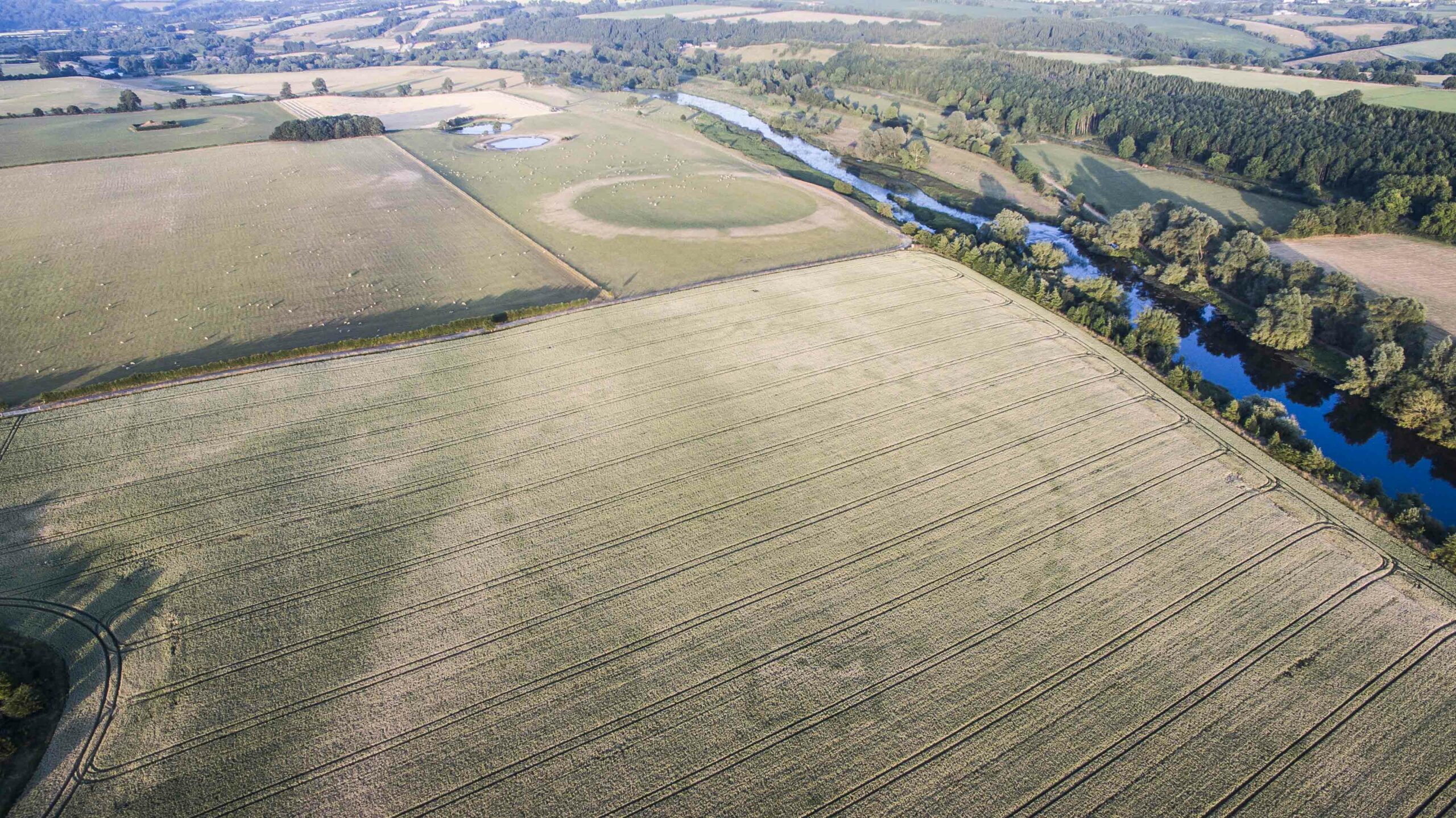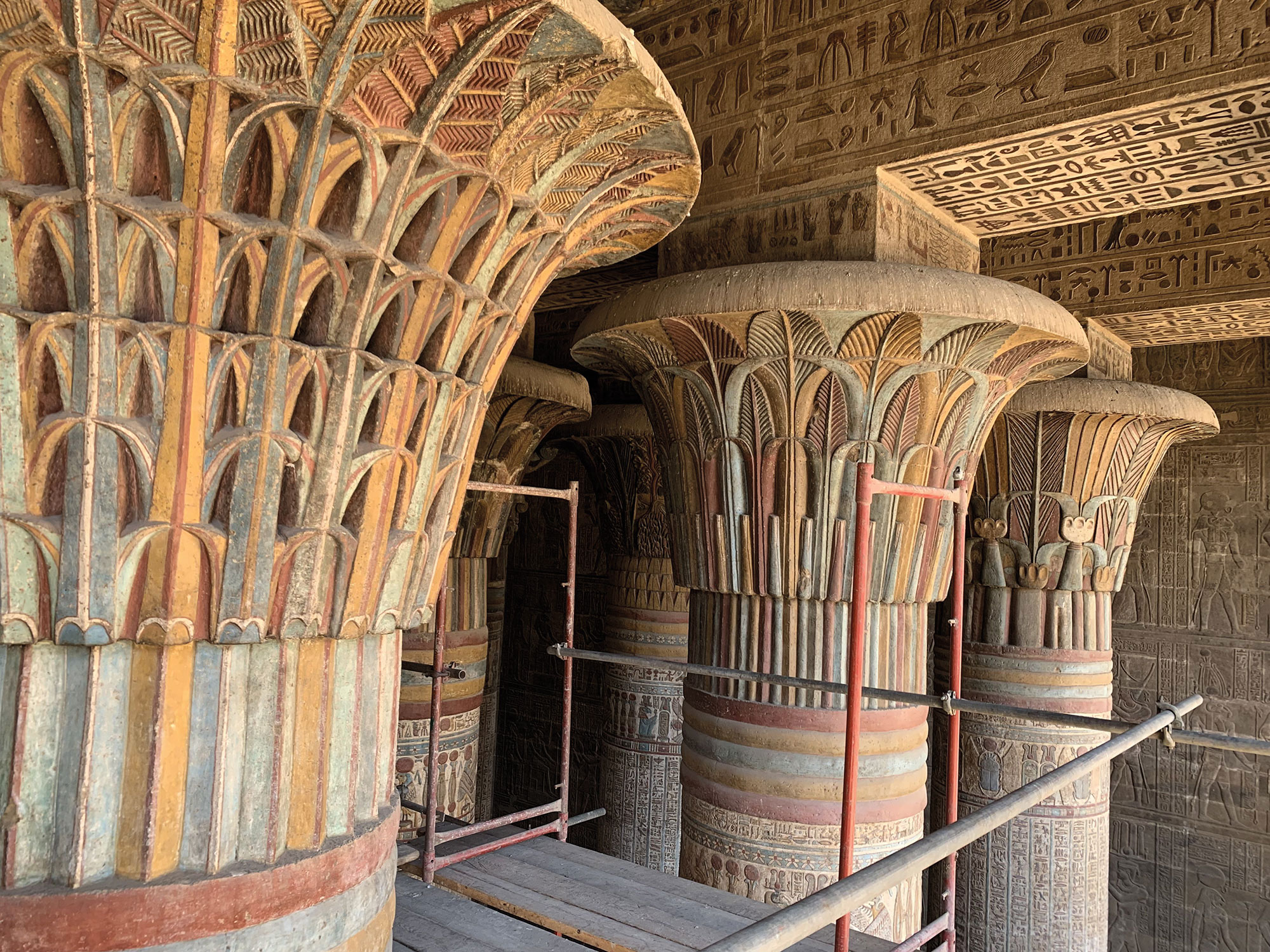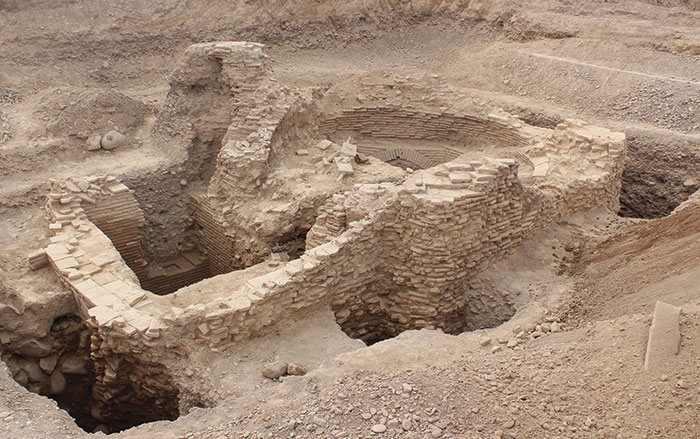DUBLIN, IRELAND—Megalithic tombs built in Ireland around 5,000 years ago appear to have served as burial places for a range of community members, not of royal dynasties as had been previously thought, according to a report from Live Science. The tombs, known as developed passage tombs, began to be built around 3300 B.C. and consist of a large circular mound entered through a stone corridor. They have been found to contain human bones and cremated remains, but researchers have debated who was buried in them and whether they functioned as ritual gathering places as well as tombs. A new study of DNA from 55 skeletons discovered in developed passage tombs shows that people interred in them generally lacked close genetic ties. Thus, researchers believe the people buried in them were not members of a royal dynasty but of a broader, relatively egalitarian community in which members of different families mixed with each other. “We argue that this reflects how the kin groups using these tombs were interacting on a larger scale and more frequently choosing to have children with others from within these extended communities,” said Neil Carlin, an archaeologist at University College Dublin. Shortly after the introduction of farming to Ireland and before the advent of developed passage tombs, people lived in smaller communities with closer genetic ties and were buried in small, simple tombs. Why the shift to developed passage tombs took place is unclear, but researchers believe that groups of passage tombs built in close proximity are evidence that people would occasionally gather to participate in ceremonial activities, including the burial of the dead. Read the original scholarly article about this research in Cambridge Archaeological Journal. To read about the search for the roots of Halloween in Ireland's Boyne Valley, go to “Samhain Revival.”
